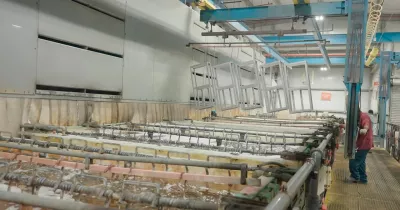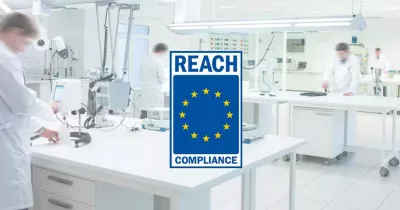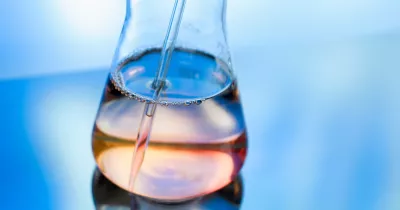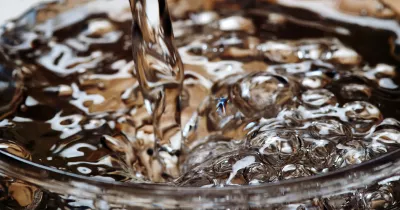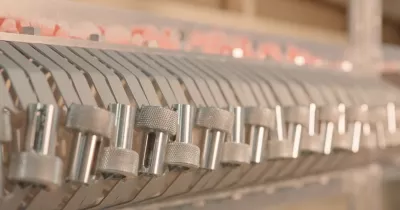Why metal tarnishing happens and what you can do about it

August 13, 2025
August 13, 2025
Tarnishing is a common issue faced by professionals in the metal finishing industry. It not only affects the aesthetic appeal of metal products but can also compromise their functionality in certain applications. Understanding the science behind tarnishing, its causes, and preventive measures is crucial for maintaining the quality and durability of metal finishes.
What is tarnishing?
Tarnishing refers to the discoloration or dulling of a metal surface caused by chemical reactions between the metal and environmental elements. These reactions typically involve oxygen, sulfur compounds, or moisture, forming a thin layer of rust or oxide on the metal surface. While tarnishing does not necessarily damage the structural integrity of the metal, it can significantly impact its appearance and performance.
Metals most prone to tarnishing
Certain metals are more susceptible to tarnishing due to their chemical properties and reactivity with environmental factors. These include:
Silver: Reacts with sulfur-containing compounds in the air to form silver sulfide, resulting in a black or brown tarnish layer.
Copper: Forms a greenish patina (copper carbonate or copper chloride) when exposed to moisture and pollutants.
Brass: A copper alloy that tarnishes similarly to copper, often developing a yellowish or brownish discoloration.
Electroplated Zinc Alloys: Can develop yellow, brown, or gray tarnish when exposed to humidity, pollution, or skin oils.
Causes of tarnishing
Tarnishing is driven by several environmental and chemical factors. Understanding these causes is the first step toward effective prevention.
1. Oxidation
Oxidation occurs when metals react with oxygen in the air, forming oxides on the surface. For example, copper reacts with oxygen to form copper oxide, while silver forms silver oxide.
2. Sulfur Compounds
Sulfur-containing compounds, such as hydrogen sulfide (H₂S), are the primary culprits behind silver tarnishing. Even at parts-per-billion concentrations, these compounds can cause rapid tarnish formation.
3. Moisture and Humidity
High humidity accelerates tarnishing by introducing water molecules that facilitate chemical reactions. This is particularly problematic in damp climates or storage areas with poor humidity control.
4. Pollutants and Chemicals
Exposure to pollutants, cleaning agents, perfumes, and skin oils can speed up tarnishing. For example, electroplated zinc alloys often tarnish when exposed to skin oils or harsh chemicals.
5. Improper Storage
Leaving metals in open air or in contact with reactive materials (e.g., rubber or wool) can lead to tarnishing. Proper storage conditions are essential for minimizing exposure to tarnish-inducing elements.
Advanced Anti-Tarnish Solutions
As a leader in the metal finishing industry, we provide cutting-edge solutions to tackle tarnishing. Our technologies offer superior protection against oxidation and discoloration.
Our extensive portfolio includes trivalent passivates, sealers, and topcoats for various metals, guaranteeing optimal performance and durability.
By choosing Pavco, you gain access to:
Proven Expertise: Decades of experience in metal finishing and anti-tarnish solutions.
Customized Support: Technical consultations and tailored solutions to meet your specific needs.
Sustainable Practices: Environmentally friendly formulations that comply with global standards.
Ready to elevate your metal finishing? Contact us today.
IT’S HOW YOU FINISH

We’re a developer and supplier of chemistries for the metal finishing industry since 1948.
In PAVCO, we develop products and deliver services of the highest quality at a reasonable cost.

